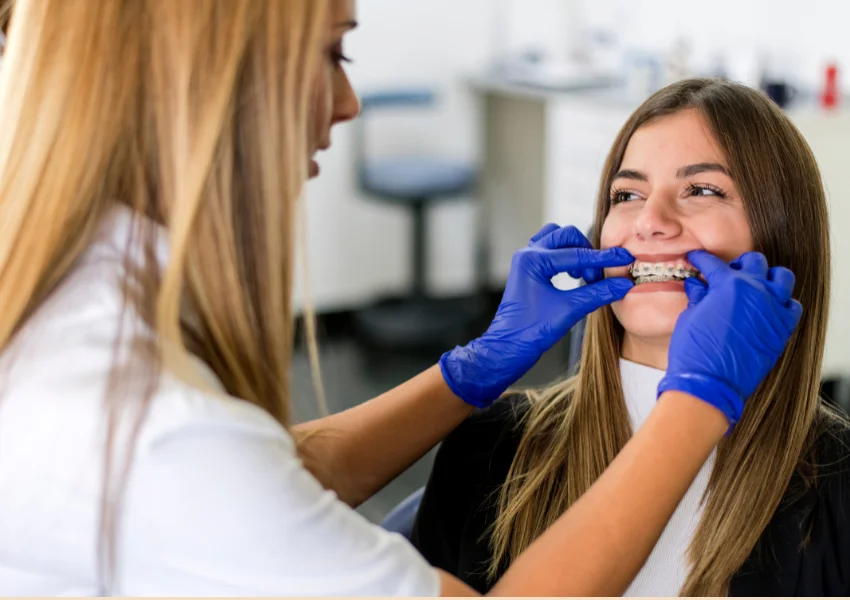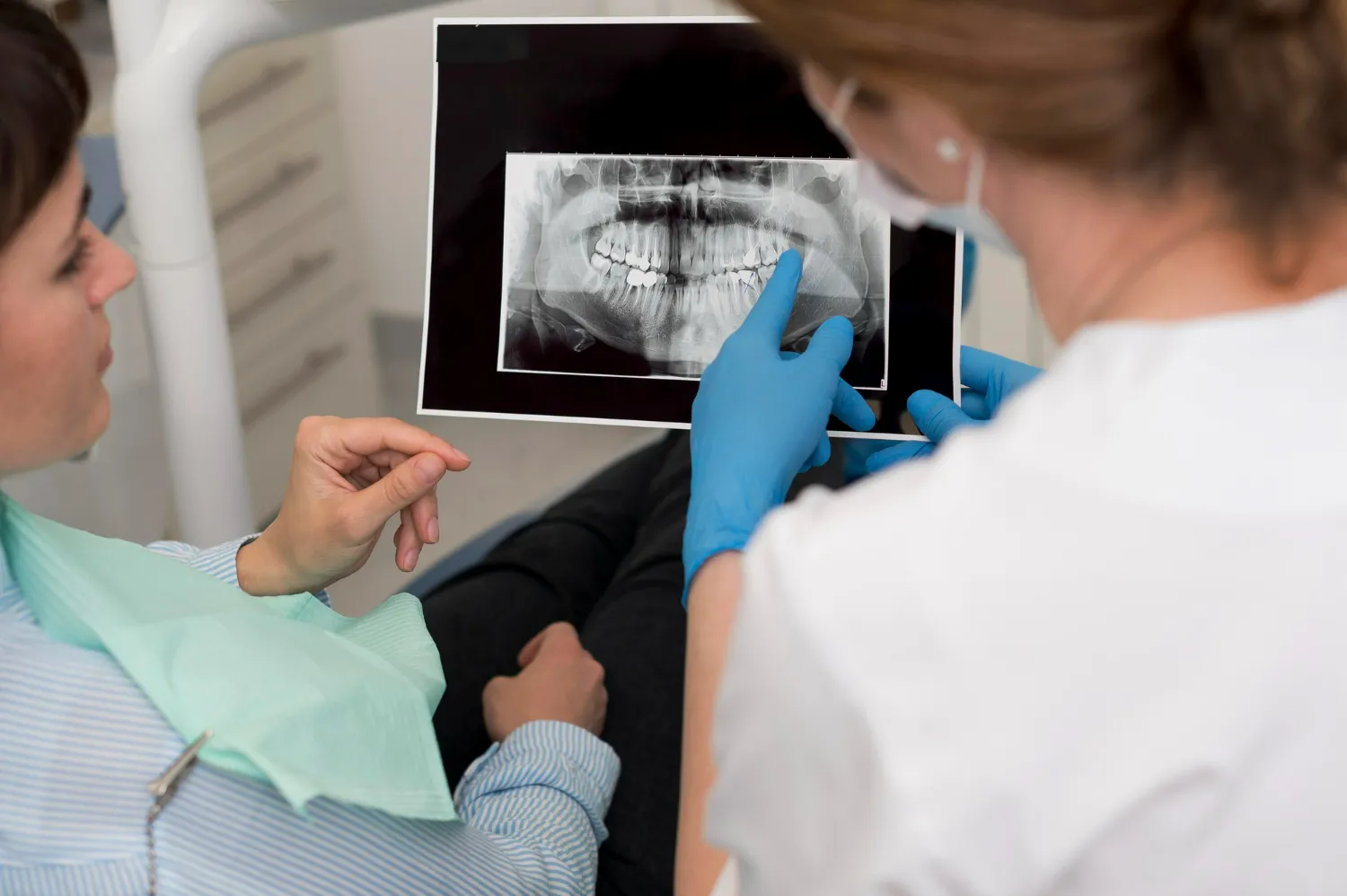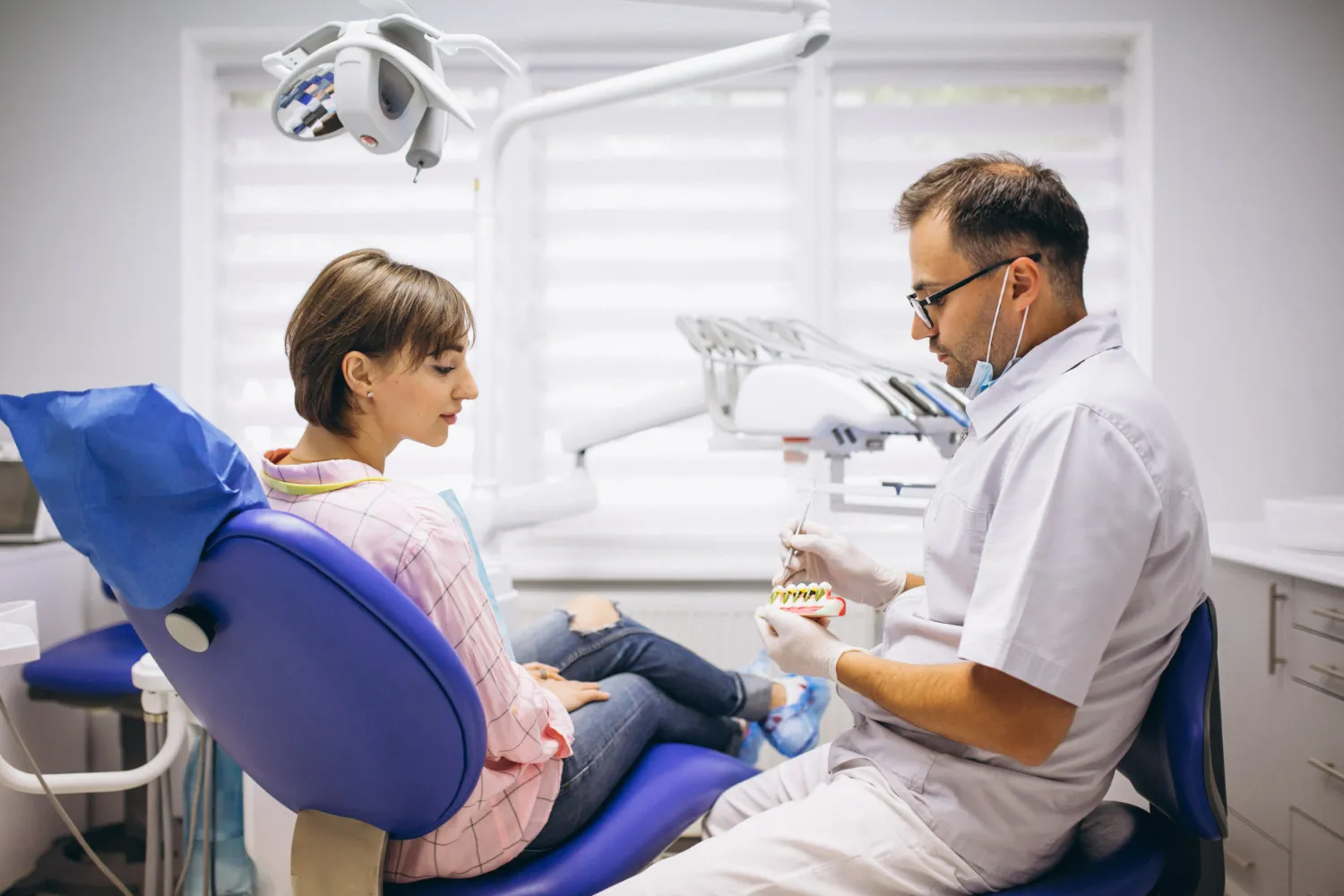Embarking on an orthodontic journey often brings one key question to the forefront: Are metal braces faster than ceramic? You’re eager for a straighter smile yet conscious of treatment time.
This guide explores that query, weaving clinical insights, patient experiences, and emerging techniques into a coherent narrative to help you decide which brace type suits your needs.
The Role of Friction in Orthodontic Treatment Times
Friction between the bracket and archwire plays a pivotal role when considering metal braces vs ceramic braces. Understanding how this friction affects the movement of your teeth is essential for making an informed choice.
- Metal Braces: Metal brackets are made from stainless steel, which allows the archwire to slide more smoothly through the bracket slots, with minimal resistance. This low-friction design helps speed up tooth movement, especially in complex cases where a lot of movement is required. As a result, metal braces typically lead to quicker realignment.
- Ceramic Braces: Ceramic brackets are made from materials like polycrystalline alumina, which offer a tooth-coloured appearance. However, these materials tend to create more friction compared to metal, making the movement of the archwire slightly slower. This increased resistance means that ceramic braces may require more frequent adjustments, ultimately extending treatment time.
Understanding this material difference helps clarify why metal braces tend to edge ahead in treatment speed, particularly for complex orthodontic cases.
How Age and Bone Density Influence Speed of Movement
Younger Patients
Teens and young adults often experience faster tooth movement because their bones are still in a developmental stage. Younger patients tend to have more pliable bone structures, which allow the teeth to move more easily. Orthodontic treatment times for younger patients can be on the shorter end of the spectrum, often ranging from 18 to 22 months, regardless of the brace type.
Mature Adults
Adults, on the other hand, have denser bones that resist movement more than those of younger individuals. For adults, treatment times may be slightly longer as their bones require more time to adjust. While ceramic braces might still be an effective solution, the slightly slower pace of tooth movement in adults can make metal braces a better option if time is a crucial factor.
Notably, underlying bone health conditions such as osteoporosis can also influence how teeth respond to orthodontic pressure. According to Healthline, osteoporosis doesn’t just affect the spine and hips; it can also impact jawbone density and tooth stability. This is particularly relevant for older adults considering braces, as reduced bone density could affect both movement speed and treatment planning.
Orthodontists will take age, bone density, and any relevant health conditions into account when recommending the most appropriate treatment and adjust the treatment plan accordingly.
Accelerated Techniques
Several modern orthodontic technologies and techniques can accelerate the treatment process, regardless of whether you choose metal or ceramic braces.
- Micro-Osteoperforation: This technique involves making small perforations in the bone to stimulate faster tooth movement. Research indicates that micro-osteoperforation can reduce treatment times by up to 30%. It is an increasingly popular adjunct to traditional braces, enhancing the effectiveness of both metal and ceramic systems.
- Vibration Devices: Devices like AcceleDent deliver micropulses of vibration to stimulate bone cells, aiding in quicker tooth movement. Studies suggest that the use of vibration technology can lead to an average reduction of 20% in treatment time. These devices can be used in conjunction with both metal and ceramic braces.
- Low-Level Laser Therapy: This technique uses specific wavelengths of light to reduce inflammation, speed up tissue healing, and improve the response to orthodontic treatments. Although the time savings are modest, clinical trials suggest that laser therapy can help keep treatment on track, regardless of the braces used.
These accelerated techniques can help reduce the overall treatment time and bridge the gap between metal and ceramic braces.
Detailed Comparison in Practice
Here’s a concise overview, based on clinical data and published studies, to illustrate the practical differences between metal and ceramic braces:
| Feature | Metal Braces | Ceramic Braces |
| Strength & Durability | Stainless steel – high resilience with low breakage rates. | Polycrystalline alumina – good strength but higher chip risk. |
| Visibility | Distinct metallic appearance | Tooth-coloured or clear options blend discreetly. |
| Adjustment Frequency | Standard 4–6 weeks between appointments | Occasional emergency visits if chipping occurs. |
| Average Treatment Time | 18–22 months (varies by complexity) | 20–24 months (slightly longer on average) |
Patient Compliance and Its Impact on Speed
While material choice is important, compliance with your orthodontist’s recommendations often has a more significant impact on treatment speed.
- Oral Hygiene: Maintaining good oral hygiene throughout treatment is vital. A clean mouth reduces the chances of developing complications like infections or brackets loosening, which can delay progress.
- Dietary Discipline: Avoiding foods that can damage brackets, such as hard candies, nuts, or sticky sweets, is essential to avoid emergency appointments and potential delays.
- Appointment Attendance: Regular visits to your orthodontist for adjustments are essential. Missing an appointment can extend treatment times significantly.
Good patient compliance can help mitigate delays caused by the increased friction of ceramic braces.
Comfort vs Speed Considerations
While metal braces may move teeth marginally faster, ceramic braces may be preferred for comfort and aesthetics, especially for those concerned with the appearance of their braces.
- Metal Braces: Metal braces are generally stronger and more durable. They are often preferred for complex cases, where faster treatment is a priority. However, they are more noticeable and can be less comfortable, especially in the early stages of treatment.
- Ceramic Braces: While ceramic braces offer the advantage of a more aesthetically pleasing appearance, they are more prone to breakage or chipping. This increased risk of damage can sometimes require more adjustments, potentially slowing down the treatment process. Comfort-wise, ceramic braces are similar to metal ones but often perceived as less obtrusive due to their tooth-coloured appearance.
Patients should weigh both speed and comfort when choosing between the two options.
Retention and Relapse Prevention
After completing orthodontic treatment, maintaining the alignment of your teeth is crucial for long-term success.
Removable Retainers
These clear plastic retainers, such as the Essix retainer, are custom-made to fit your newly aligned teeth. They help maintain the positioning of your teeth after your braces are removed. Removable retainers are effective, comfortable, and easy to wear, making them a popular choice for most patients.
Fixed Retainers
A fixed retainer, typically placed on the back of the teeth, ensures that the teeth stay in place. These retainers are especially useful for the lower front teeth, which tend to relapse the most. They are discreet and work continuously, reducing the chances of teeth shifting after treatment.
Retention Duration
Orthodontists often recommend wearing retainers for an extended period after braces are removed, typically at night for the first year, followed by less frequent use.
Cost Implications of Faster Treatment Options
The cost of orthodontic treatment can vary significantly depending on whether you choose metal or ceramic braces, as well as any adjunctive techniques that may be used to accelerate treatment.
- Metal Braces: The cost of metal braces typically ranges from £2,500 to £3,500. They are often the more affordable option due to the durability and widespread use of stainless steel.
- Ceramic Braces: Ceramic braces tend to be more expensive, ranging from £3,000 to £4,000, due to the materials and more delicate manufacturing process.
- Accelerated Techniques: Add-ons such as micro-osteoperforation or vibration devices can increase the overall treatment cost by £200 to £500 per session.
Be sure to discuss all potential costs with your orthodontist to understand the total treatment expenses.
Innovations Shaping Treatment Speed
Orthodontics is evolving, with new technologies helping to make treatments faster and more efficient.
- 3D-Printed Brackets: These custom-made brackets are tailored to each patient’s unique tooth structure. By reducing friction and improving fit, they can potentially reduce treatment time for both metal and ceramic braces.
- Smart Archwires: Wires embedded with sensors allow continuous monitoring and real-time adjustments, further streamlining the treatment process.
- Self-Ligating Brackets: These brackets use a built-in mechanism to hold the archwire in place, reducing friction and the need for elastics. Self-ligating brackets are gaining popularity for their ability to improve efficiency and reduce the frequency of adjustments.
These innovations continue to bridge the gap between traditional and modern treatments, making orthodontic care even more efficient.
Key Questions to Ask Your Orthodontist

When deciding on the right orthodontic treatment, it’s essential to have an open conversation with your orthodontist. Here are some important questions to ask:
- “Considering my bone density and lifestyle, which bracket type will suit me best?”
- “Can ceramic brackets be used with micro‑osteoperforation or vibration therapy?”
- “What retainer strategy do you recommend for long‑term stability?”
- “What are the exact costs and benefits of accelerated techniques at your practice?”
Final Thoughts
When asking if metal braces are faster than ceramic, metal braces generally hold a slight advantage due to their lower friction and greater durability. However, patient compliance, biological factors, and adjunctive methods often play larger roles in the overall treatment timeline. Consult your orthodontist to tailor a treatment plan that balances speed, comfort, and aesthetics for a confident smile that lasts. If you’d like personalised guidance, book a consultation at Birchgrove Dental. Our team will provide clear, evidence-based advice – no strings attached.





